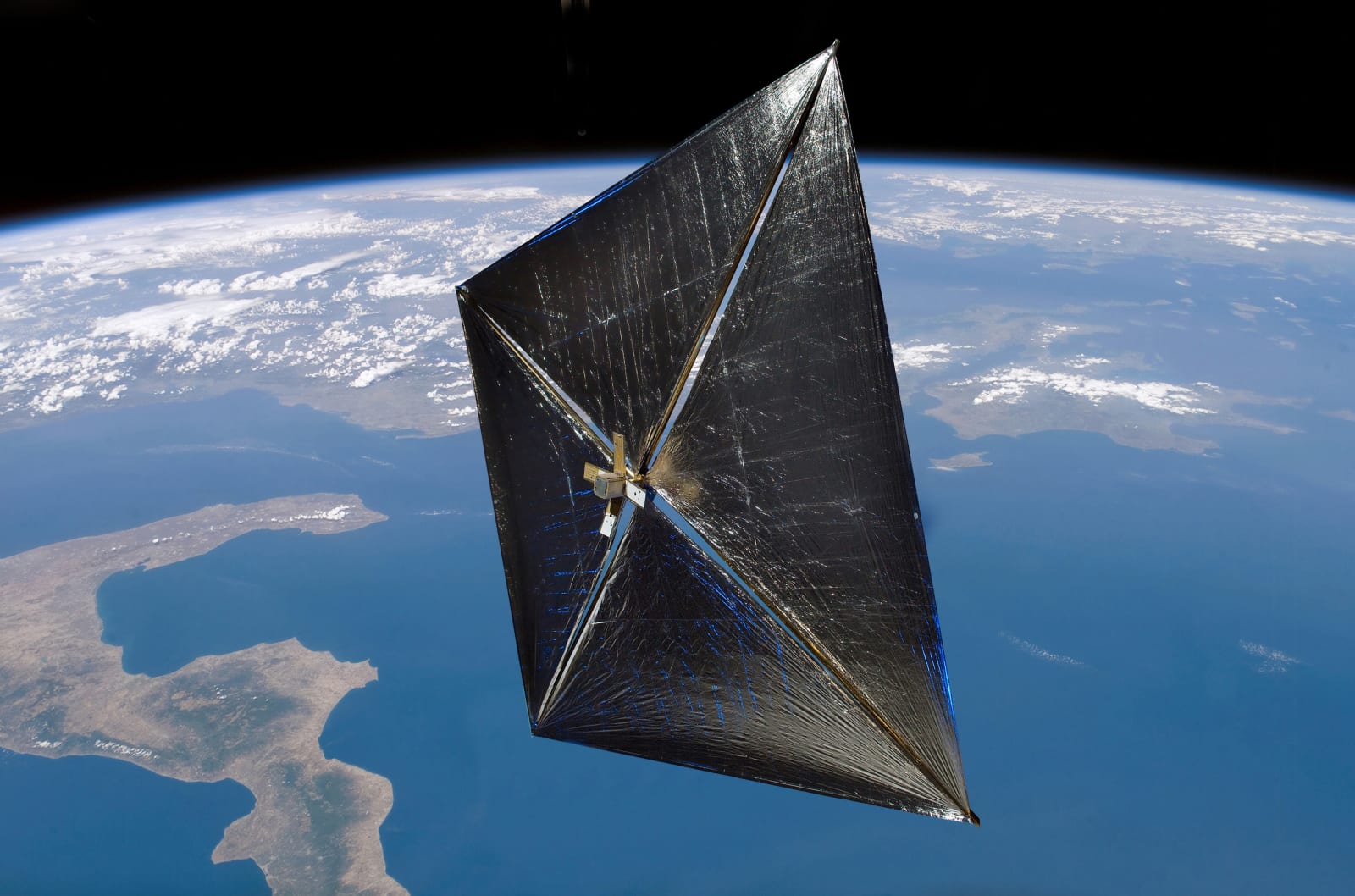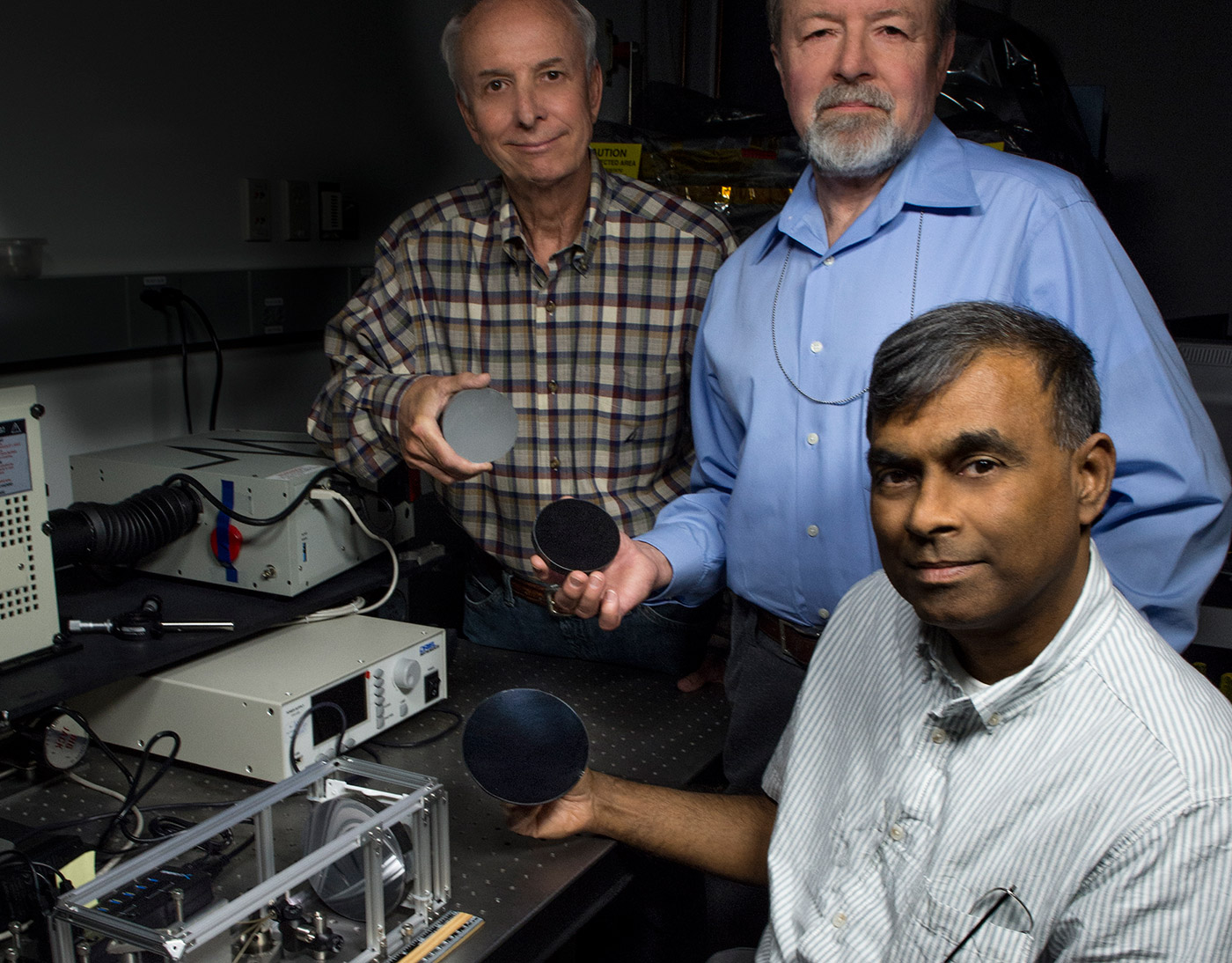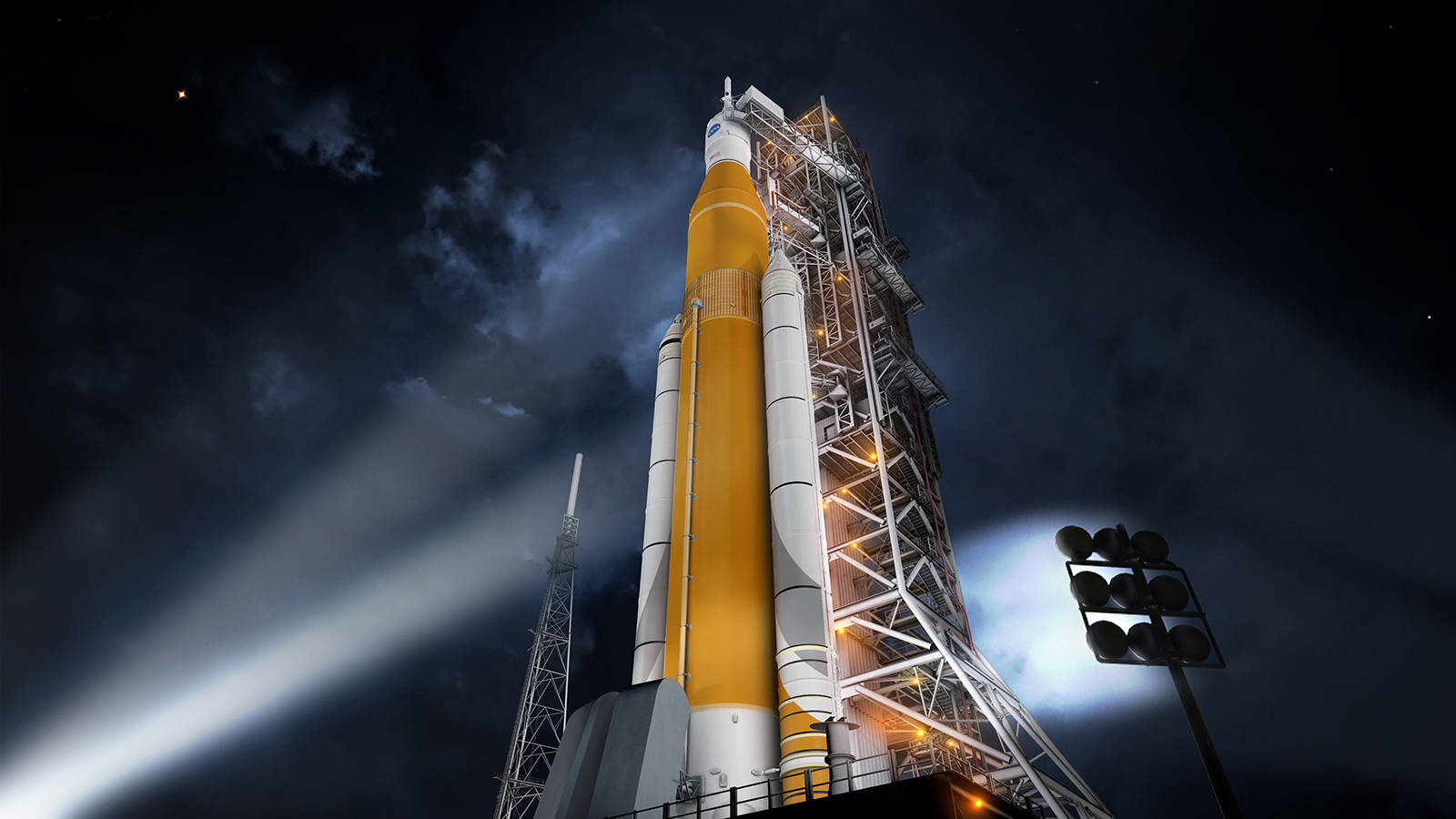
A few years from now, we might be able to send
small satellites into deep space for cheap using a new propulsion system being developed by University of Michigan engineers -- assuming they raise enough money via Kickstarter. Called CAT (CubeSat Ambipolar Thruster), it's designed to propel 10 x 10 x 10 centimeter
CubeSat blocks far beyond the planet's orbit using only solar energy for fuel. Thus far, similar satellites can only orbit the Earth after going along for a ride on current rockets that are larger and more expensive. In the future, CATs could head to the asteroid belt, or even as far as Saturn and Jupiter to investigate water on
their moons. The $200,000 its engineers aim to raise (in exchange for your name etched on the golden layer of a spacecraft panel) will go towards the CAT engine's development and testing. The team could send an experimental thruster to space as soon as 2014 with help from NASA-Ames and Google, with a spacecraft launch targeted for 2015.
Filed under: Science
Comments
Source: CAT (KickStarter)
 Miniature satellites are increasingly a big deal, and for good reasons: they're not only less expensive and easier to deploy than the giant satellites of old, but can cover wider areas. And the White House wants to give them a helping hand. It's la...
Miniature satellites are increasingly a big deal, and for good reasons: they're not only less expensive and easier to deploy than the giant satellites of old, but can cover wider areas. And the White House wants to give them a helping hand. It's la...
 Miniature satellites are increasingly a big deal, and for good reasons: they're not only less expensive and easier to deploy than the giant satellites of old, but can cover wider areas. And the White House wants to give them a helping hand. It's la...
Miniature satellites are increasingly a big deal, and for good reasons: they're not only less expensive and easier to deploy than the giant satellites of old, but can cover wider areas. And the White House wants to give them a helping hand. It's la...
 A team of NASA Goddard scientists are developing a lightweight and low-cost telescope small enough to fit inside CubeSats. Those mini satellites provide the agency an inexpensive means to send various experiments to outer space. By creating a small t...
A team of NASA Goddard scientists are developing a lightweight and low-cost telescope small enough to fit inside CubeSats. Those mini satellites provide the agency an inexpensive means to send various experiments to outer space. By creating a small t...
 NASA announced on Tuesday that the first mission for its new Space Launch System in 2018, dubbed Exploration Mission-1 (EM-1), will send more than a dozen mini-satellites as well as an unmanned Orion spacecraft into deep space.
NASA announced on Tuesday that the first mission for its new Space Launch System in 2018, dubbed Exploration Mission-1 (EM-1), will send more than a dozen mini-satellites as well as an unmanned Orion spacecraft into deep space.







